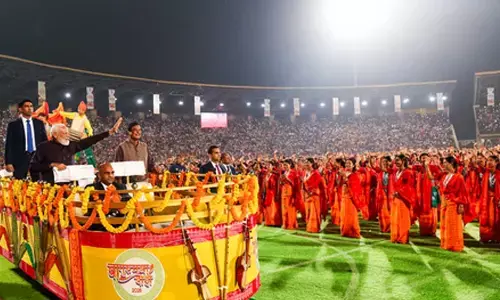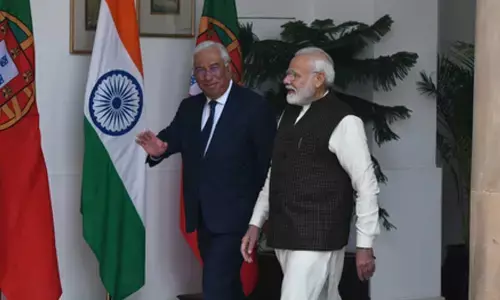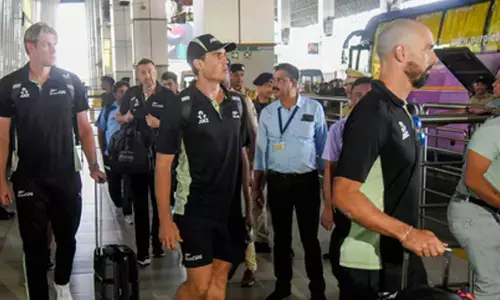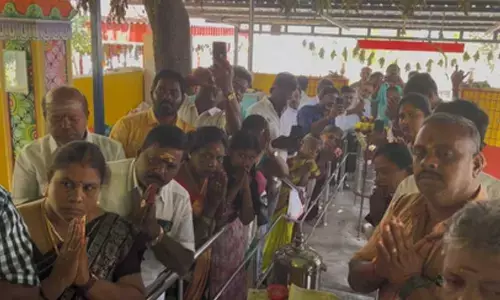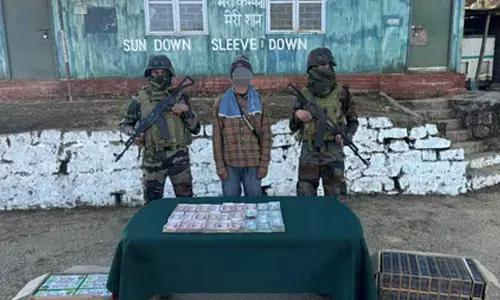A house for Mr. Roy, forever
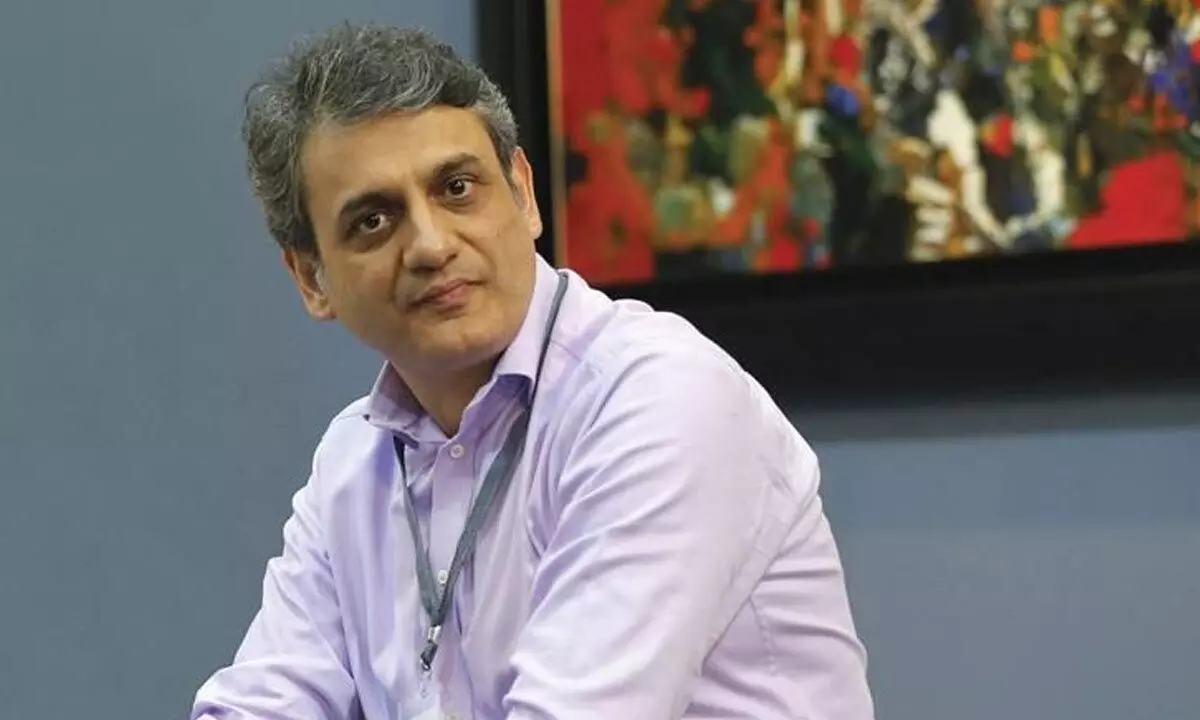
A house for Mr. Roy, forever
DAG, a Mumbai-based art house recently acquired the 75-year-old house of one of India’s best-known modernists Jamini Roy in Kolkata to open the country’s first private single artist private museum that will also be a cultural resource centre on the life, work and times of the pioneering artist declared a ‘National Treasure’ by the Indian government in 1976.
DAG, a Mumbai-based art house recently acquired the 75-year-old house of one of India's best-known modernists Jamini Roy in Kolkata to open the country's first private single artist private museum that will also be a cultural resource centre on the life, work and times of the pioneering artist declared a 'National Treasure' by the Indian government in 1976.
Roy lived in the Ballygunge Place, designed by him and his son, Amiya Ray till his death in 1972.
Ashish Anand, CEO and MD at DAG, says that this is the biggest project undertaken by the art house in three decades. He adds that it will be equipped with state-of-the-art galleries to house the permanent collection as well as rotating exhibitions, spaces like a resource centre and a library, art workshops, and event spaces, besides a museum shop and cafe as well.
"A few years back, we came to know that the house was available and that the family was in conversation with others. So we sent our team to Kolkata. We have a history of starting and running two major museums in association with the Ministry of Culture -- one in 2019 and the other in 2020. When this opportunity came, we realised its immense importance and jumped in. The family was excited by what we had in mind for the house. They had many options, but not for a museum," he recalls.
Roy was awarded the Padma Bhushan in the year 1955 and elected a fellow of the Lalit Kala Akademi in 1956.
Talk to him about restoration and alterations in the house needed for the conversion, and the CEO says they are looking at proposals from some of the finest conservation architects and designers. Realising that they will need to operate in an area that is not massive, he says there are parts of the house DAG does not want to touch.
"We do not want the original essence to be lost. It is important that every square foot is utilised. There is no room for error."
DAG will also be acquiring more works by Roy and has already set aside many for the museum.
"And we have some time to fill in the gaps as well. And there will be a lot of other archive material as well."
While in the West, it is not uncommon to see houses of major writers and artists converted into museums, but the same has never been true in India. However, Anand is optimistic that things might change for the better in a decade.
"We have seen a major increase in inclination towards art and culture. People are definitely learning from the West and there is more disposable income. Also, it is much easier to start a museum in India as compared to abroad considering the cost-effectiveness. A lot of things are changing here, and art and culture are bound to play a more decisive role."
While government-run museums may not be enjoying great footfall, Anand says the same is not true for the privately run ones. Citing the example of their museum at the Red Fort which enjoyed a footfall of 5,000 people a day, he adds, "If the state of the art museum and the content is strong, there will be enough people who will visit."
Assuring that Kolkata museum will be dynamic and boast of a lot of activities and not be limited to mere 'display', he says exhibitions will keep rotating and people would get to see many collaborations.
"There will be lots of action. Even in terms of memorabilia, we plan to have a lot of things available in the bookshop that will be quite affordable."








